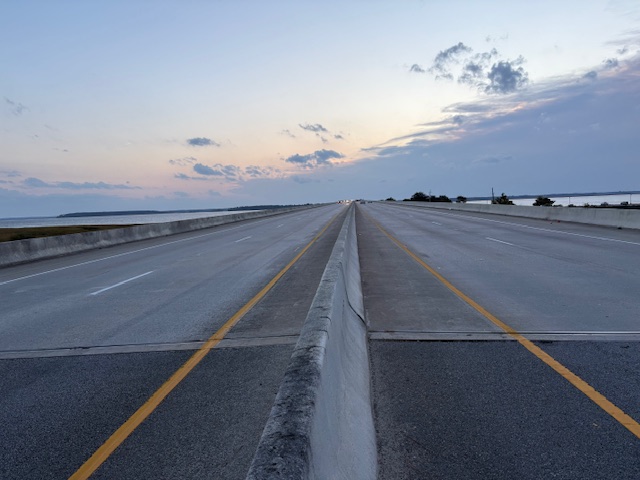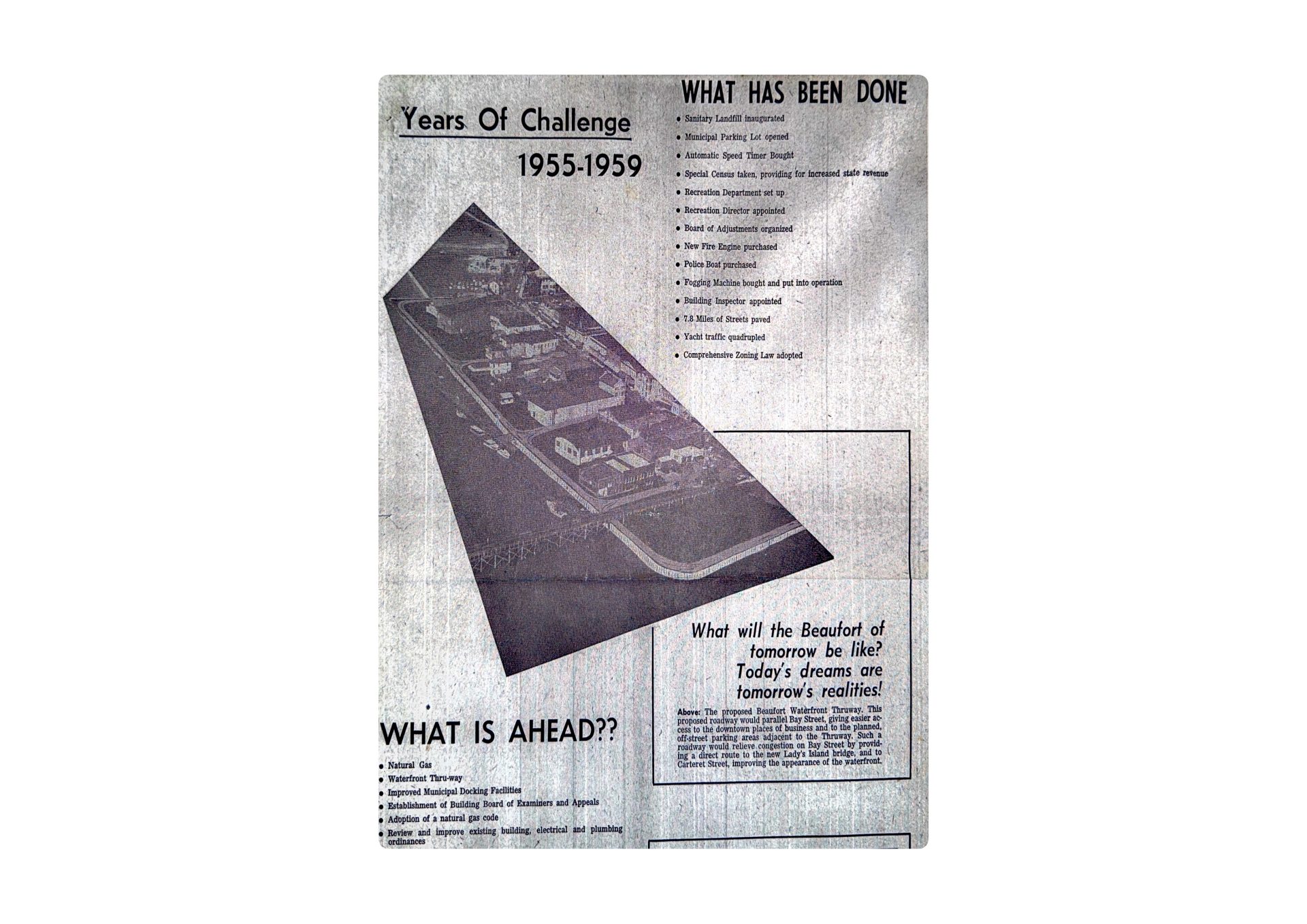By Bill Rauch
There’s a battle brewing.
The landmark Robert Smalls House on Prince Street in Beaufort has come on the market, asking price: $1,499,000. The Prince Street house is the one Smalls — by most measures the most significant African-American public figure in the Reconstruction period — famously purchased at a post-Civil War tax sale. The property includes also the one bedroom cottage in the back that faces onto Duke Street where Smalls was, in 1839, born into slavery.
The availability of the iconic property has set off a flurry of meetings and discussions among those who are interested in the Reconstruction era and heritage tourism in Beaufort County.
In the final days of his administration, President Barack Obama proclaimed that four sites in the county would forever form the cornerstone of a National Parks Service Reconstruction Monument here: Darrah Hall, the oldest building at Penn Center; Brick Church on the Penn grounds; The Firehouse Bookstore building on Craven Street in Beaufort; and the U.S.Naval Hospital in Port Royal, known during the Civil War as Camp Saxon and said to be the site of the largest gathering in what was once the Confederacy to which President Lincoln’s Emancipation Proclamation was read on January 1, 1863, when it took effect with bands, bunting and lots of brass to those fleeing slavery.
The question that has immediately arisen in connection with any proposed purchase of the Robert Smalls House property is whether the new owner will petition the Parks Service to get the property added to the list of sites that constitute the monument.
Two once-business partners who later became adversaries, Beaufort Mayor Billy Keyserling and Beaufort businessman and former County Councilman Dick Stewart, appear at the outset to be the faces of the two camps.
After initially expressing opposition to the idea of Beaufort County buying The Robert Smalls House because it might interfere with the Park Service’s longterm plans for the iconic property, Mayor Keyserling now wants the property purchased by the county and added to the list of monument sites, say those who are familiar with his thinking. The mayor did not respond to an invitation to set forth his thoughts himself.
Former Beaufort County Councilman Dick Stewart, who initiated the discussions, disagrees. “I’d rather see the buildings be a part of the University of South Carolina at Beaufort’s north campus, and be the home of the University’s Chancellor,” Stewart says, “rather than a stop on a tour that may one day include 100 sites. I think the neighborhood, when they think about it, will agree with me,” he added.
A second alternative with the university has been floated as well, Beaufort Civil War historian Dr. Steve Wise says. “University of South Carolina history professor Brett Morris’ USC Reconstruction Institute could be housed there as well,” he says.
The university’s Vice Chancellor for Development, Anna Ponder, agrees. “The university has made a written proposal to Beaufort County that suggests the house would be used as the Chancellor’s residence with Reconstruction Institute and other receptions, workshops, seminars and small lectures also held there. The university would also open the house to the public more than it is now,” she added.
A deed restriction held by Historic Beaufort Foundation now guarantees that no matter who owns The Robert Smalls House and how it is used, the house will be open to the public at least four times a year.
“With the university you have an owner who can keep the house up,” Stewart added, noting that a year plus into the National Park Service Reconstruction Monument project Darrah Hall and The Firehouse Bookstore have come up with cost estimates for their needed up-fits, but the National Parks Service has provided little hope the federal government might provide any of the dollars needed to make those adaptive reuse projects happen.
In recent months, coming to understand that federal capital improvement dollars will not be forthcoming, Mayor Keyserling, who spearheaded the monument effort locally, has scrambled to find alternative funding sources, but no dollars have arrived as yet from outside sources either. None of the four sites that comprise the monument are at the present time open to the public, nor does it appear today that any will be at any time soon.
Of course all the Robert Smalls House purchase discussions recounted here presuppose that Beaufort County will buy the property, or at least contribute substantially to its purchase. There’s solid precedent for the county to do so. For example, the county has periodically participated in the Mitchelville project on Hilton Head Island.
Mitchelville —arguably the first town where freedmen owned land, went to school, paid taxes, voted, and self-governed — is another iconic Reconstruction site, although one whose non-profit leadership says now it wishes to stay independent of the Reconstruction Monument group. The Mitchellville Freedom Park, located at 229 Beach City Road on Hilton Head Island, is open to the public.
Beaufort County also bought the historic Oyster Factory in Bluffton, and the county bought most of Fort Fremont — built in 1899 to defend the Atlantic Coast during the Spanish-American War — at Land’s End on St. Helena Island.
Yet there’s no guarantee at this time the county will participate in the purchase of The Robert Smalls House. The matter has not been put on a County Council subcommittee agenda as yet, those familiar with County Council operations say.
But the right proposal could attract the county’s interest.
“I’m optimistic about the possibilities of the Robert Smalls House,” County Councilman Stuart Rodman, one of whose interests is heritage tourism, told me last week. “The county has substantial balances in its hospitality-related funds, and putting The Robert Smalls House into public hands would be a good use for some of that money.”
Bill Rauch was the mayor of Beaufort from 1999-2008. Email Bill at TheRauchReport@gmail.com.




